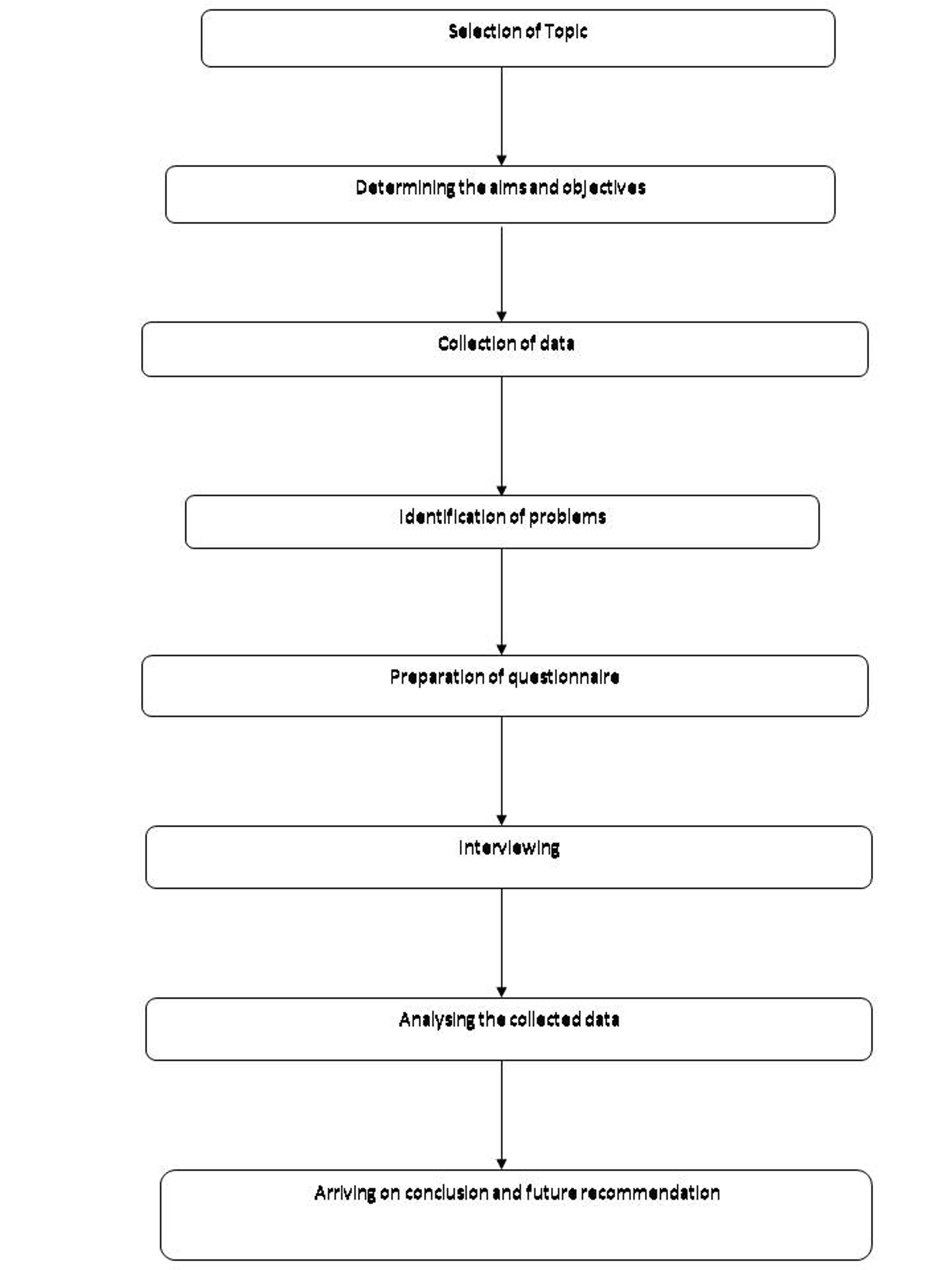The concrete structures that retaining water inside or outside is considered as water retaining structures. Water tightness is the most important parameter to be preserved in designing and construction sequences among all other requirements. The structure is considered as failure if the water passes from one side of the structure to the other side.
Water sump, water tanks, swimming pools and manholes are some of the examples for the water retaining structures in practice.


Design of Water Retaining Structures
The design of water retaining structures is carried out in accordance with BS 8007. Crack width is the limiting criteria in this design. Generally, the concrete structures are designed to the maximum crack width of 0.3mm. But in case of the water retaining structures, the water tends to pass through the cracks developed on the surface which must be eliminated through the design. However, the concrete itself can filled the crack developed through the process called Self-healing up to 0.2mm crack width. So that concrete will become watertight within few days while exposed to water. Therefore, in case of the water retaining structures, the maximum crack width is limited to 0.2mm to achieve the water tightness by self-healing or 0.1mm if the appearance is the matter in the design procedure.
The 35A concrete grade is used for the water retaining structures which is expected to have a high durability while keeping the strength as Grade 35.
Construction of Water Retaining Structures
Water bar
Locations of construction joints are facilitating path for water penetration. Minimizing the construction joints is an important consideration for water retaining structures. And the construction joints should be sealed with any appropriate material to avoid the water penetration. Water bars and water stops are used for the construction joins to stop the water leakages.
Other practices in sites
- Kicker is usually constructed monolithically with base slab for all columns and walls to ignore the formation of construction joint when putting the kicker separately.
- During the concreting every construction joint surface should be left rough enough to make proper bondage with next structure. For that, coarse aggregates can be laid over the concrete surface at construction joint immediately after levelling the concrete.
- Concrete should be placed at cooler temperature as much as possible. The concrete placement at nights is recommended highly to minimize the crack formation. Temperature checks should be done at sites once every concrete truck reached the site.


